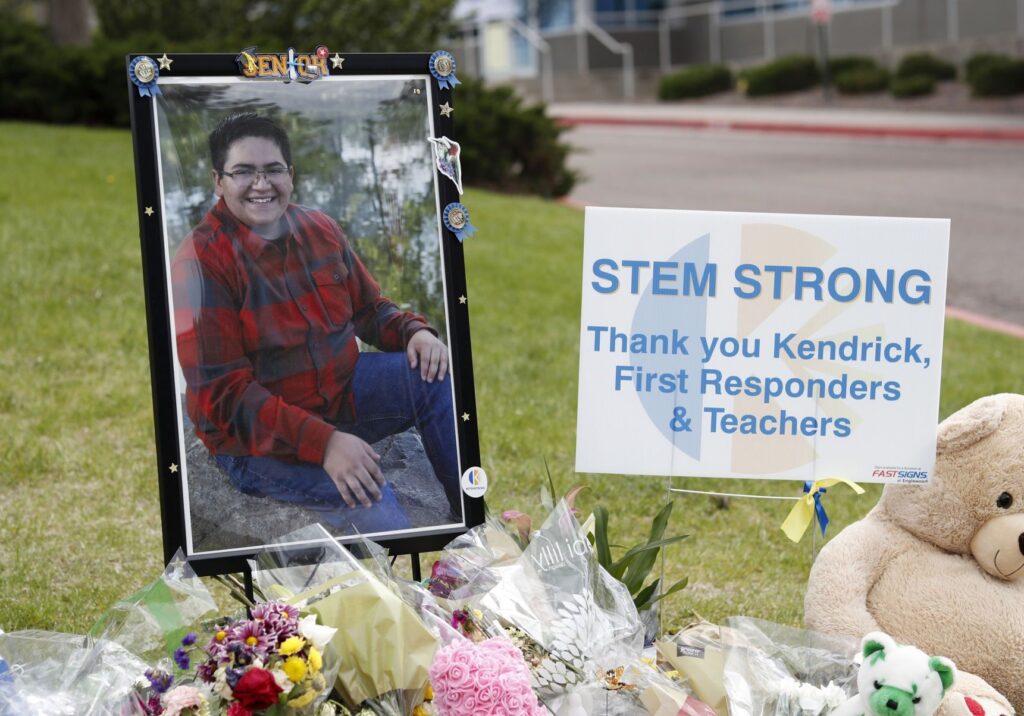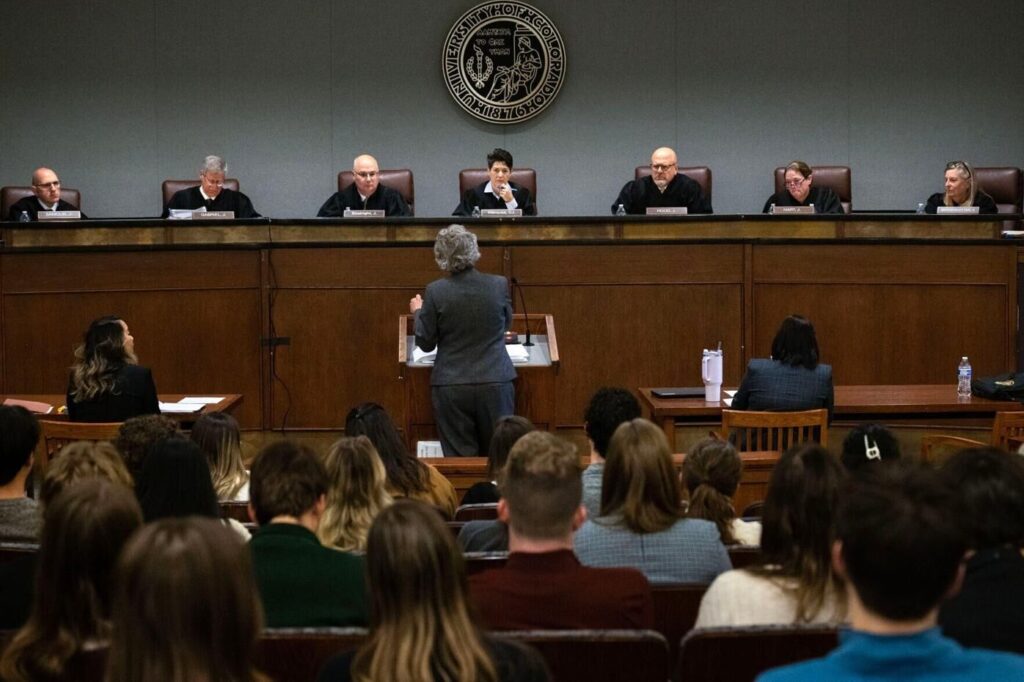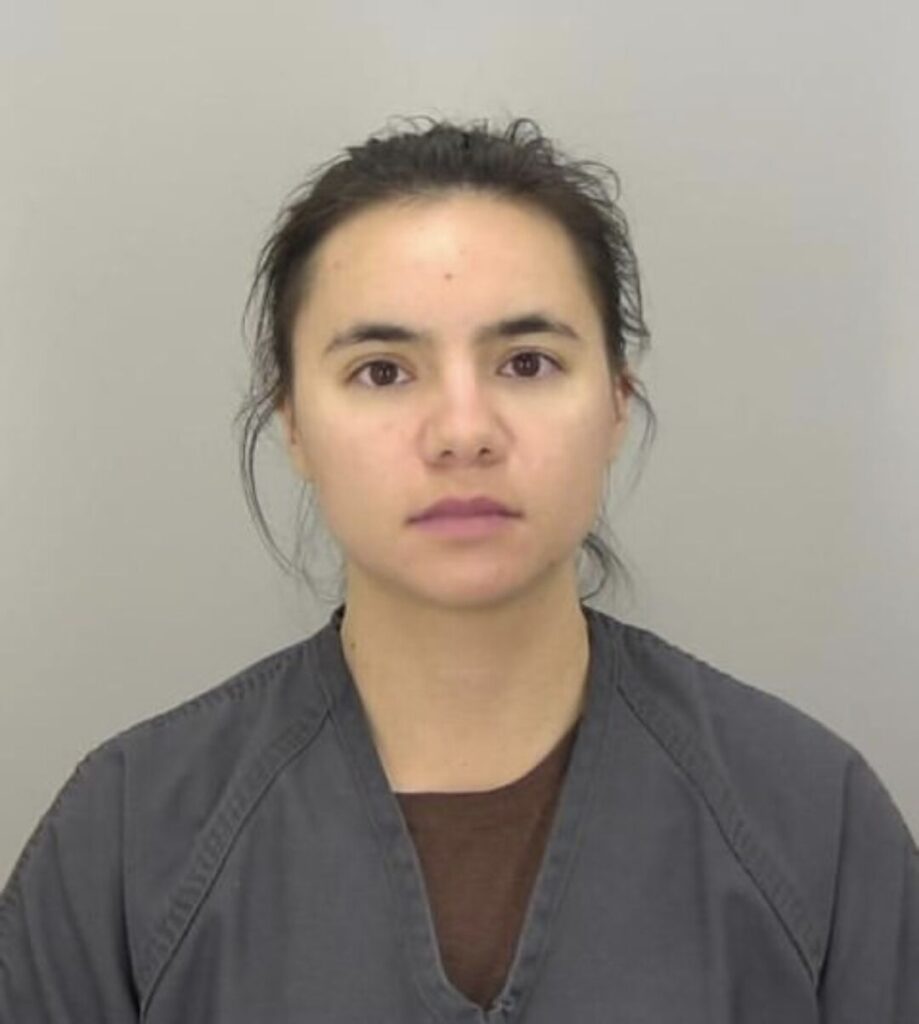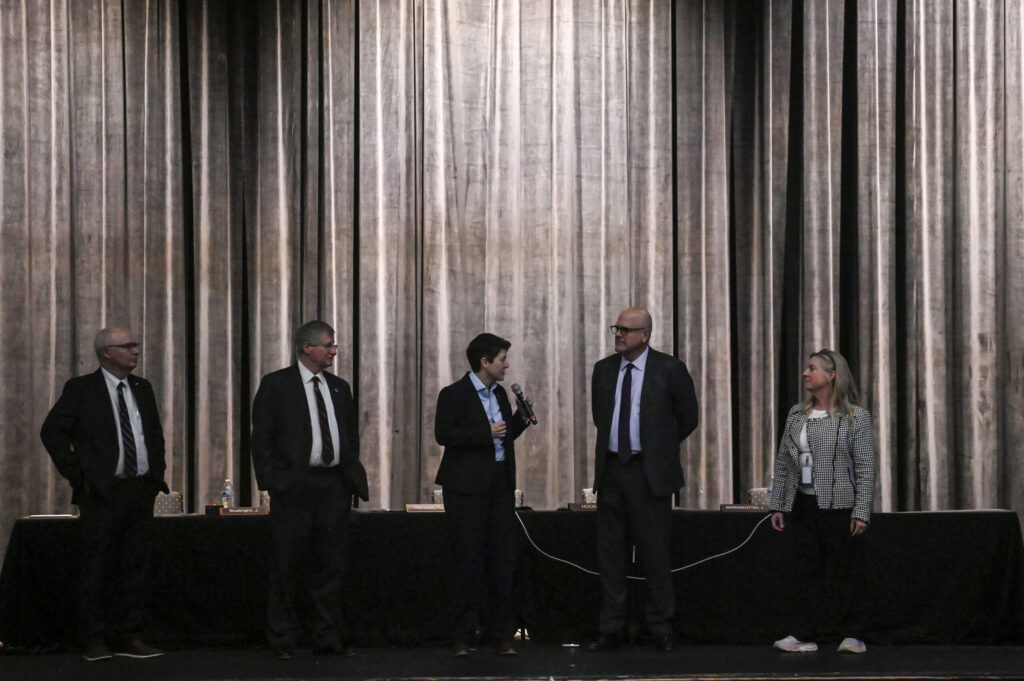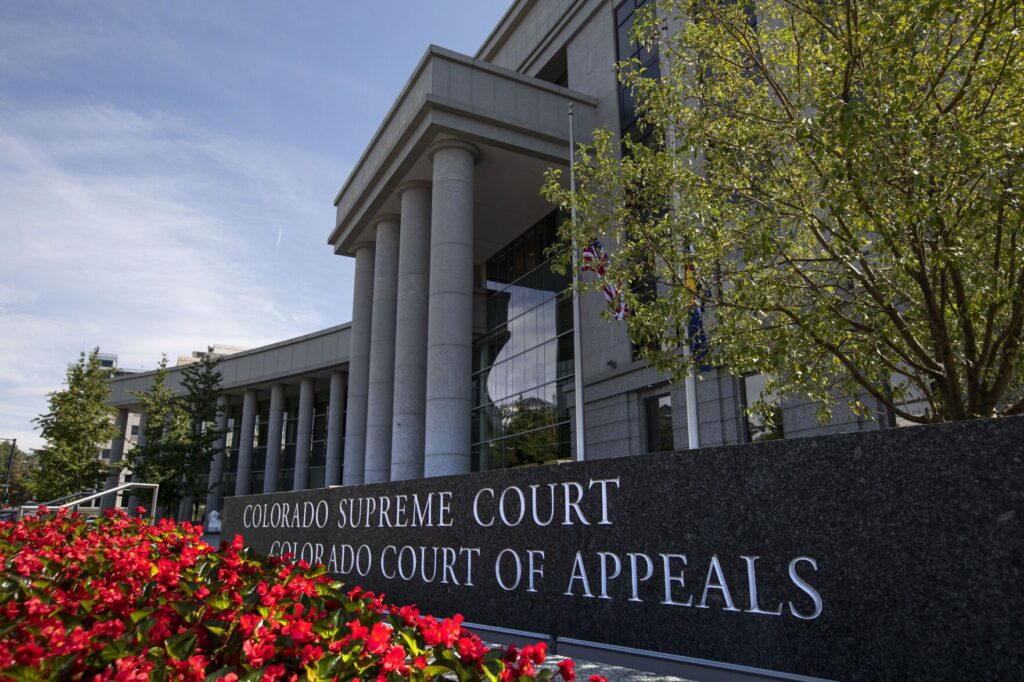Appeals court sides with sheriffs, counties in tossing detainee death lawsuit
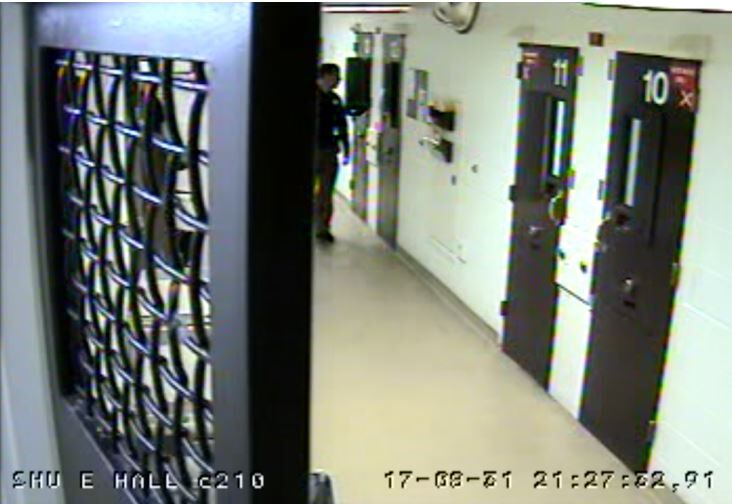
The state’s Court of Appeals has sided with Colorado’s counties and multiple sheriffs in finding Jefferson County Sheriff Jeff Shrader cannot be sued for the suicide death of a jail detainee.
Unlike other wrongful death lawsuits and claims against government officials, which have a two-year filing window, state law carves out an exception for sheriffs. “All actions against sheriffs” need to be filed within one year, reads a provision known as Section 103.
Consequently, a three-judge panel for the Court of Appeals ruled Shrader could not be held liable for the August 2017 suicide of Susanne Burgaz in the Jeffco jail because the claims against him were originally filed in May 2019, just under two years later. In doing so, the panel rejected the plaintiffs’ argument that they were not suing Shrader personally as the sheriff, but rather as a stand-in for the Jefferson County Sheriff’s Office itself.
“(T)he fact remains that plaintiffs named Shrader, not the JCSO, in their complaint,” wrote Judge Neeti Vasant Pawar in the Dec. 15 opinion. “And section 103 plainly applies to all claims against sheriffs, even those based on misconduct by the entities they oversee.”
The decision marked the second occasion on which an appellate court blocked the attempt by Burgaz’s estate and her surviving children to hold sheriff’s employees liable for Burgaz’s death, which they argued was the product of jail deputies ignoring obvious signs of suicidality.
Burgaz entered the jail on Aug. 30, 2017 for a low-level offense, and was reportedly “red-flagged” due to her placement on suicide watch during a prior detention. The next day, she attended a court hearing where a judge ordered her release from custody. But while Burgaz was in the dayroom of the jail’s special housing unit, Deputy Petrina Pesapane informed Burgaz she would not be released because she had other warrants for low-level offenses elsewhere.
Upon hearing the news around 9:05 p.m., Burgaz allegedly became distraught. She retrieved legal papers from her cell and Pesapane escorted her back to the dayroom. Around 9:09, Pespane left Burgaz alone.
A video feed from the special housing unit captured Burgaz, at 9:21, creating a noose using the wires and cords on a wall-mounted television. Over the next eight minutes, she tried to hang herself. At 9:25, Deputy Joseph Scalise performed a walk-through of the unit. Although he later wrote that he “looked in each cell and dayroom,” the video showed he did not actually check on Burgaz.
The video feed recorded Burgaz’s suicide, but allegedly there was no one monitoring it. Deputies discovered her 30 minutes later, dead at age 54.
Burgaz’s estate and children originally filed suit in federal court against Pesapane, Scalise and Shrader, alleging violations of Burgaz’s federal constitutional rights and negligence under state law. A trial judge dismissed the lawsuit, and the U.S. Court of Appeals for the 10th Circuit upheld that decision this April.
A majority of the three-judge appeals panel agreed the plaintiffs had not plausibly alleged the jail deputies were deliberately indifferent to Burgaz’s serious medical needs. Although Pesapane reportedly knew Burgaz was previously suicidal, was despondent after hearing she would remain in jail, and was left alone in a room with implements to kill herself, the court still did not believe Pesapane was “on notice” Burgaz would attempt suicide.
Burgaz “was in the SHU, where she would ostensibly be watched by deputies manning the security cameras and by deputies conducting the periodic walk-throughs,” Judge Timothy M. Tymkovich observed, at the same time finding Scalise was not liable either despite failing to properly conduct such a walk-through.
While the appeal was pending, the plaintiffs filed another suit in state court against Shrader, lodging a claim for the negligent operation of a jail resulting in death. But in September 2021, District Court Judge Lily W. Oeffler found the lawsuit was filed too late. Section 103 of state law, she noted, requires claims against sheriffs to be filed within one year of an injury – a requirement that dates to the early days of Colorado statehood.
“Its purpose is to prevent annoyance and injustice through the prosecution against them of stale demands predicated upon official neglect or other misconduct,” wrote the Colorado Supreme Court in 1890.
The plaintiffs appealed, claiming they were not suing Shrader as the sheriff, but were suing him as if he were the county sheriff’s office itself. Under their theory, the two-year statute of limitations should apply, rather than Section 103.
Colorado Counties, Inc., which represents 62 of the state’s 64 counties, submitted a brief to the Court of Appeals arguing against disrupting the “settled expectations” about the one-year window. Twenty other sheriffs weighed in to support Shrader, saying it would burden counties’ budgets to give people twice as long to sue law enforcement officials.
“The abbreviated limitations period promotes the legitimate public interest in maintaining the efficiency and integrity of law enforcement because it encourages prompt investigation and resolution of allegations of wrongdoing on the part of law enforcement authorities,” the sheriffs wrote. “This in turn permits officers to prepare a fair defense on the merits and marshal the facts while memories and evidence remain fresh.”
The Court of Appeals opted not to evaluate the public policy reasons for the shortened litigation window for sheriffs. Instead, the panel concluded Section 103 was clear that sheriffs were subject to the one-year statute of limitations, no matter what a lawsuit alleged. The case against Shrader, therefore, was dismissed correctly.
The case is Estate of Susanne Burgaz v. Shrader.




